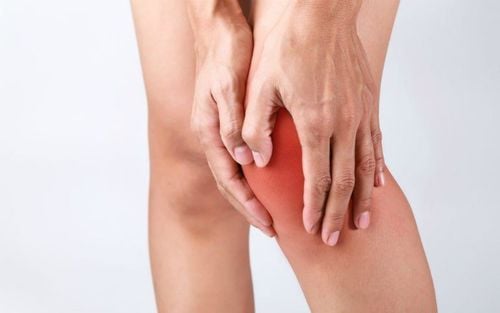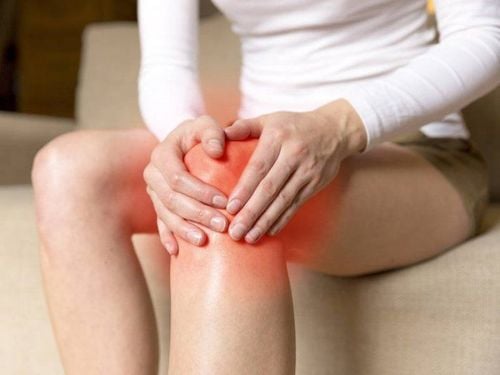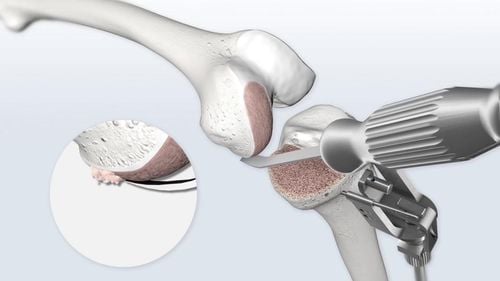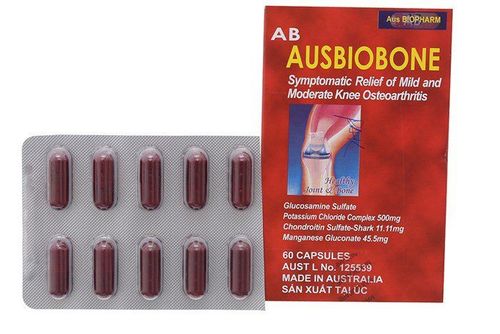This is an automatically translated article.
The article was professionally consulted by Dr. Pham Van Minh - Orthopedic Trauma Doctor - Department of General Surgery, Vinmec Phu Quoc International General Hospital.Osteoarthritis of the knee is a common disease, the frequency of the disease increases with age because the knee joint is the joint that carries the entire body and is also the most active joint. So now what methods can treat knee osteoarthritis, which measures are most effective, let's find out.
Knee osteoarthritis is a condition in which the joint cartilage is worn, deformed, lost its elasticity or torn, causing the bones in the joint to collide and rub, causing symptoms such as swelling, pain, stiffness, and limitation. mobility ability.
If the disease is at an early stage, it has not affected the patient much, medical treatment and physical therapy can be used to relieve symptoms. However, when the disease is more advanced, the patient's motor function is severely affected, it is necessary to intervene by surgical methods.
Current surgical methods being applied to treat knee osteoarthritis include:
1. Laparoscopic cleaning surgery
Arthroscopic surgery to clean the joint is applied to patients with symptoms of pain and limited range of motion, but medical treatment has limited results. This method does not apply to patients who have knee osteoarthritis stage 4, or stage 2 and 3 on the background of rheumatoid arthritis, or have comorbidities with contraindications to surgery.2. Endoscopic surgery to create damage under the cartilage
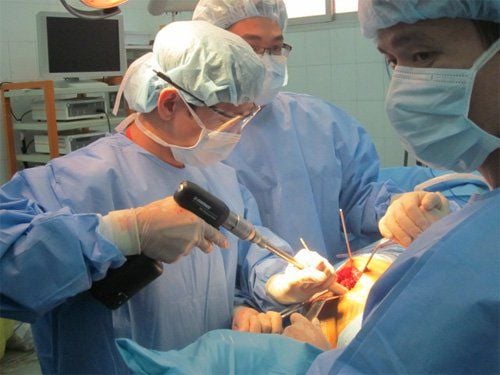
Phẫu thuật nội soi tạo tổn thương dưới sụn.
3. Autologous chondrocyte transplantation
Autologous chondrocyte transplantation is indicated for young patients, newly damaged cartilage due to trauma, isolated lesion site, and small or moderate defected cartilage area. The advantage of autologous chondrocyte transplantation is that the new cartilage layer is essentially clear cartilage, has high elasticity and durability, like normal cartilage. However, the patient needed to undergo two surgeries, had to open the knee joint, and the treatment cost was quite high. In addition, after grafting, the graft is easy to detach from the graft site, causing treatment failure, or after transplantation, the phenomenon of excessive proliferation of cartilage tissue becomes a mechanical obstacle, causing adhesion and limitation. movement of the knee joint.4. Autologous or allogeneic bone and cartilage graft
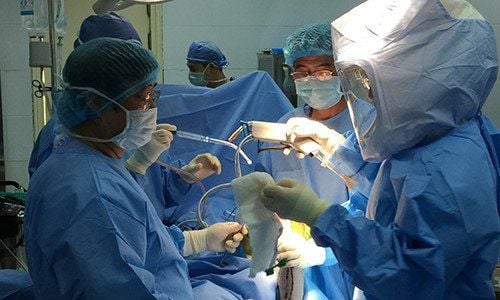
Ghép xương sụn tự thân hoặc đồng loại.
However, with this method, if the patient chooses autologous cartilage grafting, they will have to suffer new damage at the place of cartilage removal, if allogeneic cartilage grafts will face the problem of graft rejection. Besides, when the bone has not yet healed, the graft can fall into the joint, becoming a foreign body that causes joint jamming.
5. Shaft correction bone chisels
Axial osteotomy is essentially changing the mechanical axis of the leg, changing the center of gravity of the knee joint, reducing pressure on the degenerative joint surface, thereby helping patients relieve pain and slow down the degenerative process. This method is usually indicated for early, single-compartment knee osteoarthritis, often seen in patients with deformity of the foot in the form of an internal or an external scoliosis. However, this method can have a serious complication that is paralysis of the common peroneal nerve. In addition, in the long run, patients who need joint replacement will face the problem of the altered limb axis.6. Knee replacement
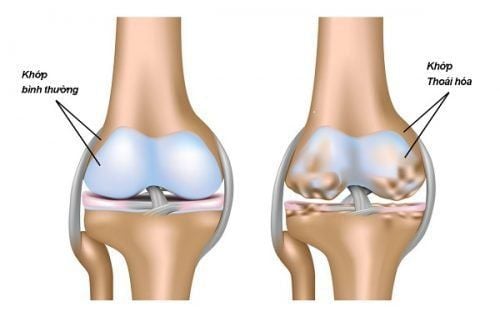
Thay khớp gối được áp dụng khi bệnh đã ở giai đoạn 3 hoặc 4, không thể điều trị bằng các phương pháp khác
Treatment of knee osteoarthritis with platelet-rich plasma at Vinmec
Along with the advancement of modern medicine, the treatment of knee osteoarthritis has also achieved new results. And platelet-rich plasma injections have been shown to be the safest, most effective, rapidly ending pain symptoms and ensuring long-term effectiveness. Platelet-rich plasma will be extracted directly from the patient's own blood, so this method achieves high safety, as well as a gentle treatment process, along with a reasonable cost.Vinmec International General Hospital with the leading modern equipment in Vietnam and a team of experienced experts has successfully deployed the treatment of knee osteoarthritis by platelet-rich plasma injection, becoming a local hospital. Only reliable for patients.
Please dial HOTLINE for more information or register for an appointment HERE. Download MyVinmec app to make appointments faster and to manage your bookings easily.




